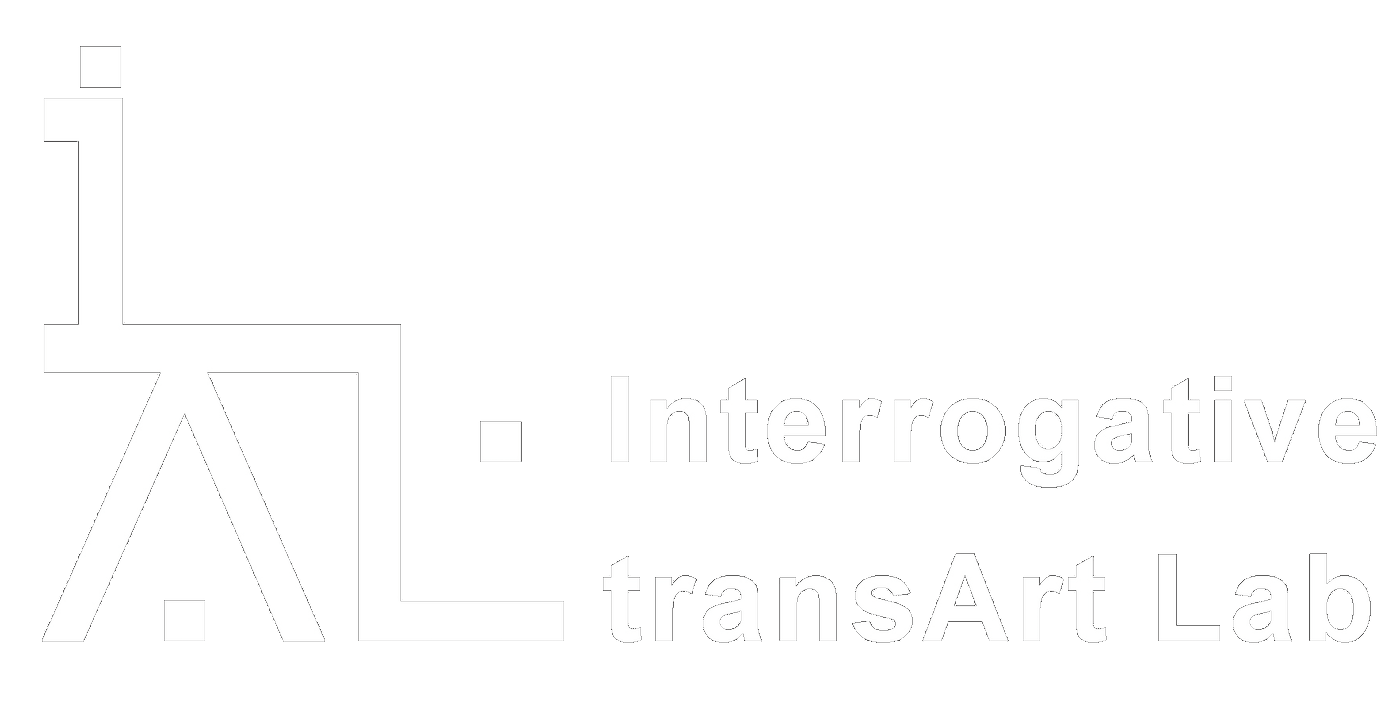2018
吳欣怡Wu, Hsin Yi |博士學位論文
塔可夫斯基的身體影像與具身化經驗
The Bodies in Andrei Tarkovsky’s Images and the Embodied Experience
摘要
本研究以電影現象學「活歷身體」為概念,旨在分析蘇聯導演塔可夫斯基影像上電影主體與觀
者主體共構的身體經驗,探問「非思」之思的思考活動。這麼做的原因,起先是為了對抗德勒
茲在塔可夫斯基影像上僅看見潛在與實際共存的晶體現象,需先釐清的是,本研究不否認德勒
茲的觀察,但德勒茲偏好的當代影像,多是描繪創傷、口吃、失語等,然而,塔可夫斯基的角
色卻是歷經身體創傷後,總能得以通過某種藝術性手法,獲得療癒,使得角色的身體不再平凡
,變得神秘又神聖。本研究重新闡述塔可夫斯基影像,先是提出「日常身體」與「帶傷身體
」,為的是處理身體的日常行動、姿態、傷口和口語障礙等與具身化經驗的締結,接著,通過
身體可乘載悖論概念的特性,說明塔可夫斯基影像不只是潛在與實際的共存,同時也存在神性
與人性相互滲透的過程,反映了導演所屬的俄羅斯東正教文化。最後,本研究提出塔可夫斯基
影像存在著:「漫遊與信仰追尋」、「創傷與療癒」、「困境與再生」等蘊含差異的具身化思
考,這是塔可夫斯基的影像風格,另一方面,也表達出生命與時間持續向上盤旋的詮釋迴圈運
動。
關鍵詞: 安德烈‧塔可夫斯基、 電影現象學 、 莫里斯‧梅洛龐蒂 、 活歷身體 、 吉爾.德勒茲
Abstract
The study aims to investigate the embodied subjectivity and the unthought-of thought in Russian
director Andrei Takovsky’s images through the concept of “the lived body” from film
phenomenology as it implicates the embodied source between the film’s body and the spectator’s
body. The initial idea is to resist Deleuze, who only sees the crystal-image of the indiscernibility
between virtuality and reality in Tarkovsky’s images. This study does not reject Deleuze’s
arguments, but clarifies that the modern images that mostly attracted Deleuze were experiences
depicting trauma, like wounds, stammering, or muteness. Tarkovsky’s characters also endure
great suffering. This study raises the discussion of “the ordinary body” and “the wounded body”
to reveal the embodied experiences through banal actions, gestures, wounds, and speech
impediments. However, as the narrative progresses, art is disclosed as a remedy to heal the
physical disabilities, which makes their bodies no longer ordinary, but mysterious and sacred.
Similar to the paradoxical nature within bodies, the situation surrounding the images not only
shows the co-existence of virtuality and reality but also represents the unity of humanity and
divinity in one person, reflecting the director’s own culture based on Russian Orthodox
Christianity. Finally, the heterogeneities are significant to Tarkovsky’s images and are part of the
embodied experiences. The study proposes three arguments, “the wandering within the
pilgrimage,” “the wound within the remedy,’ and “the dilemma within the rebirth.” These are
Tarkovsky’s distinctions, and the proceedings of reconcilement indicate that the narratives are as
our life and time spiraling up into a healthy hermeneutic circle.
Keywords: Andrei Tarkovksy、Film phenomenology、Maurice Merleau-Ponty、Lived body、Gilles
Deleuze
